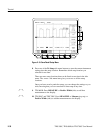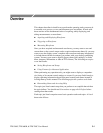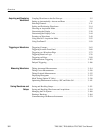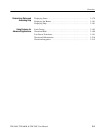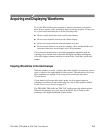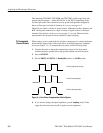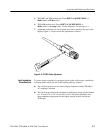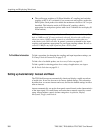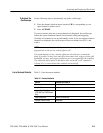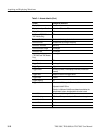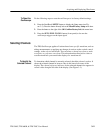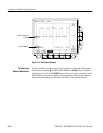
TDS 500C, TDS 600B, & TDS 700C User Manual
3–5
Acquiring and Displaying Waveforms
To use the TDS Oscilloscope to measure or monitor waveforms, you need to
know how to acquire, select, and display those waveforms properly. To help you
do so, this section describes how to do the following tasks:
H How to couple waveforms to the oscilloscope channels
H How to select channels to turn on and off their display
H How to size and position the selected channel on screen
H How to use the menus to set vertical (coupling, offset, and bandwidth) and
horizontal (time base, record length, and so on) parameters
This section also describes how to choose the appropriate acquisition mode for
acquiring your waveform, how to customize the display (including selecting the
color of the display elements), and how to use the Zoom, FastFrame, and InstaVu
features.
Coupling Waveforms to the Oscilloscope
Tektronix produces a variety of probes and cables suitable for connecting various
types of signals to the input channels of this product. This subsection covers two
topics important to coupling: Probe Compensation and Input Impedance
Considerations.
If your model oscilloscope ships with a probe, use it for general-purpose
coupling of waveforms to the oscilloscope. For a list of other probes available
for use, see Accessory Probes on page A–5.
The TDS 680B, TDS 684B, and TDS 784C oscilloscopes ship without probes.
Tektronix recommends you order and use the P6245 Active Probes to take
advantage of the higher bandwidth of these models.



